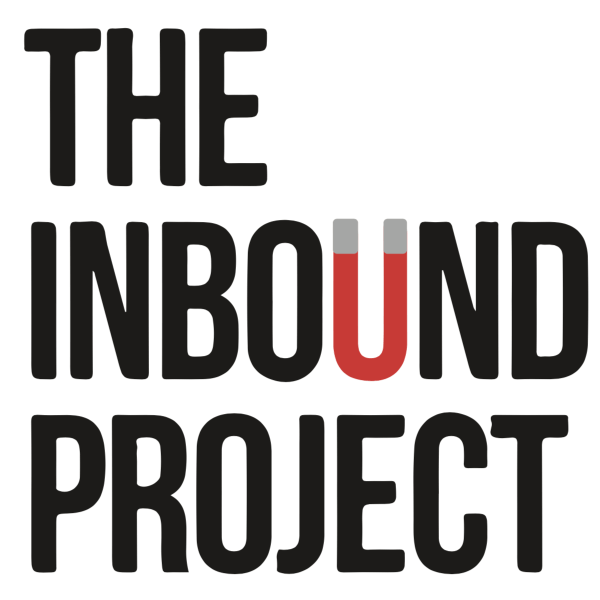
Inbound Sales Strategy Phases Explained
if you don’t know what Inbound sales or what are the Inbound Sales Strategy Phases are here is a quick recap:
What is Inbound Sales?
Inbound sales is a sales methodology that seek to prioritise the needs, challenges, goals and interests of individual buyers. Instead of focusing on closing the sale as soon as possible, inbound salespeople work to meet consumers where they are and then guide them through the decision-making process.
What are the Inbound Sales Strategy Phases?
The Inbound Sales Strategy phases consist in 4 steps that will improve your chances of closing a sale and making that client a loyal and recurrent one.
The Inbound Sales Strategy Phases are: Identify, Connect, Explore & Advise. The phases of the inbound sales methodology are listed below with some examples on how you can implement these practices in your business.
Identify
Identifying your clients is the first step in the inbound sales strategy phases. In the first phase of the inbound sales strategy, your sales team identifies ideal buyers who are already active in their buying journey. Leads are actively researching and reading content aimed at identifying their problem.
You know this because they’ve visited your website, filled out a form, opened one of your sales rep’s emails, or expressed interest in your products or services in some other way.
At this stage in the buying journey, it’s important to provide your prospects with educational information that helps them understand their problem. This helps to convert those total strangers into leads.
Connect
Connecting is the second in the inbound sales strategy phases, it aims to qualify leads and move them from the buyer’s awareness stage to the consideration stage. Modern buyers who have just identified that they have a problem are not ready for a heavy-handed sales presentation.
You need to start an open conversation with your clients since you are someone knowledgeable who can help them understand the fundamentals of solving their problem.
On this phase, inbound salespeople connect with leads and ask personalised questions about the prospect’s unique goals and challenges. Salespeople can use context like the buyer’s industry, role, interests, or common connections to help frame their discussion.
Explore
Inbound salespeople aim to convert qualified leads into opportunities in the Exploring stage which is the third in the inbound sales strategy phases. You’re trying to understand the problems they are going through and educate the lead on potential ways to solve the problem.
At this point your salespeople won’t even be sure if they can help, so their job is to dig deeper into the lead’s goals, challenges, timeline, and budget to assess whether your product offering is a good fit.
Guided by the sales rep, it’s the buyer who determines whether the product is right for their specific needs. If it turns out that it is, these qualified leads become opportunities and move on to the next phase of the inbound sales process.
Advise
During the advise stage, the last one of the inbound sales strategy phases, the inbound salespeople presents information customised with the context they uncovered during the Connect and Explore phases to showcase why their solution is uniquely positioned to address the buyer’s needs.
At this point, you have to show the clients how your product will solve their challenges. If the buyer decides that your offering is the best solution to their problem, they become customers.
Did you understand the Inbound Sales Strategy Phases?
Inbound sales is a very important sales process that companies need to start implementing in order to remain competitive in today’s marketplace. By presenting your leads with helpful, educational content that solves their challenges.
If your still have some doubts about the inbound sales, don’t hesitate to contact us for a free consultation!
